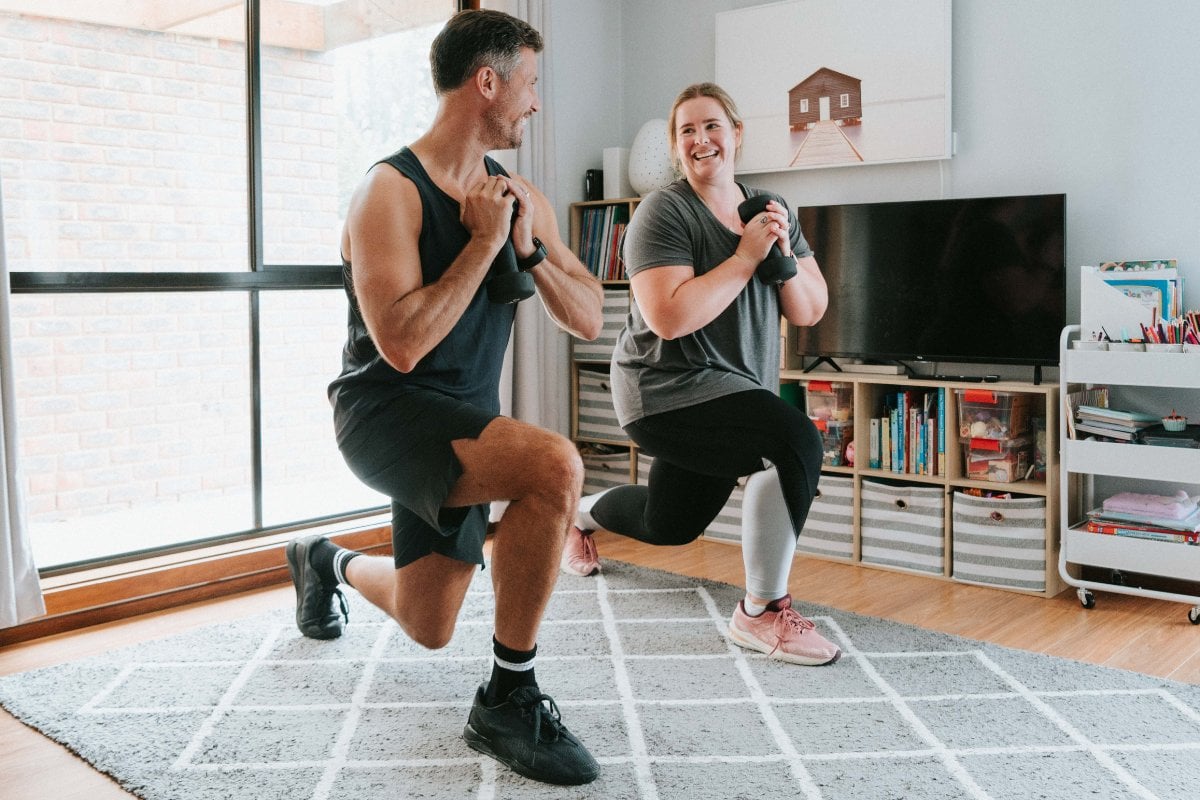
Finding your fitness after 40 can feel like mission impossible. Whether you spent your 20s and 30s dabbling in trends or adhering to a military-style regimen, it’s normal for exercise to slide down your list of priorities as you juggle the demands of parenthood, work, and maintaining some semblance of a social life.
But here’s the thing – if you can dedicate some time to working out, you’ll not only feel stronger, you’ll also have more energy to keep up with that never-ending to-do list. You don’t need to try and replicate the fitness routine you loosely followed in your 20s, either. Just as your skincare and nutrition needs change as you age, so too do your exercise requirements.
Watch: The Science Of Perimenopause with Dr Sonia Davison. Post continues below.
The power of strength training
While experts recommend you do some form of cardio exercise most days, as you enter your fifth decade, strength training is where the real magic happens. And yet, according to a recent study by the Australian Institute of Health and Wellness, older women are less likely to take part in muscle-strengthening activities (like lifting weights or using your bodyweight for resistance) compared to men and young adults.